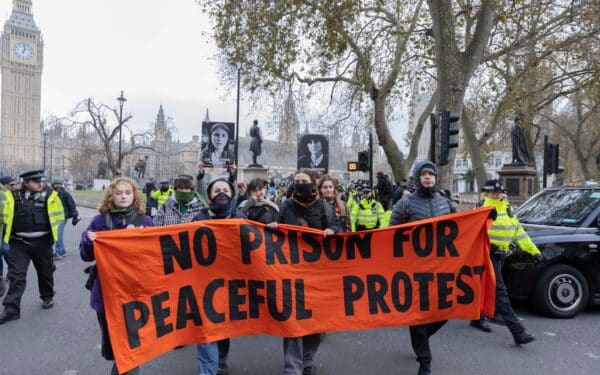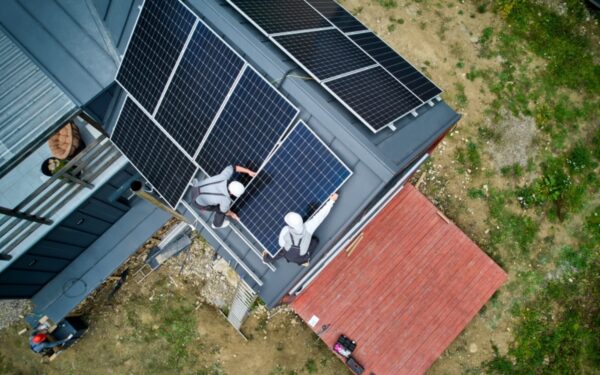To be struck by one energy crisis may be regarded as a misfortune; to have four at once looks like carelessness. Europe’s quadrilateral crisis consists of a post-pandemic rebound in energy demand exceeding supply; Russia’s invasion of Ukraine and reduction of gas supplies; the shutdown of much of France’s nuclear fleet by maintenance problems; and a record heatwave which vividly illustrates the perils of climate change.
None of the major energy sources and their advocates come out of this well. Gas and oil supply is over-concentrated, prices have soared, and they are major drivers of global heating. Coal stubbornly clings on in Europe, has revived as an important alternative to gas, but is an even worse polluter.
The foolishness of Germany’s premature shutdown of nuclear power could hardly be clearer. But France, the continent’s leading nuclear advocate, sees its ageing reactors running at barely 40 per cent of capacity, and has struggled to build any new plants.
European renewables have boomed in recent years and there has been tremendous progress in offshore wind in particular. Solar deployment saw a lost half-decade between 2013-18 as support schemes were withdrawn, before surging again.
But renewables cannot yet power chemical production or heavy industry, almost a third of European demand. They cannot heat buildings, another 35 per cent of demand, without a concurrent deployment of heat pumps and home refurbishment which most governments have shirked. They will still struggle with long periods of dark, still winter weather in northern Europe. Their advocates have focussed too intently on 2030 and 2050; not enough on smoothing the one to three decades of transition.
Europe, and other regions in the throes of transforming their energy systems, need diversity – a proper appreciation of the role of each energy source in the overall system.
This is not only about meeting European needs. It would help the continent win allies beyond its borders in the struggle against the Kremlin. And it defends Europe against the hypocrisy whereby ministers fly from Mauritania to Mozambique asking for liquefied natural gas, while refusing to fund projects that would develop gas for these very poor countries’ domestic markets.
Africa, whose domestic energy use and carbon emissions are miniscule, finds itself cut out of financing for projects to yield government revenues and access to modern energy for their populations. Renewables, rightly, should be a major part of the solution – but over the last decade, the whole of sub-Saharan Africa outside South Africa installed 3 gigawatts of wind and solar, less than the little Netherlands added in a single year.
Beyond existing renewables and electric vehicle-heavy policies, such a multi-faceted approach should use four tools.
The first, most important and most neglected, is energy efficiency. The subsidies, tax breaks and price caps so in vogue now in Europe just serve to maintain wasteful consumption, doing little to protect lower-income citizens, and sucking away oil and liquefied natural gas from poorer countries in areas such as south Asia. The energy “policies”, if they can be dignified as such, of the UK’s duelling prime ministerial candidates, are among the most egregious but not the only examples.
To meet this winter, and the next, with little or no Russian gas, Europe should implement a crash programme of insulation, heat pumps, solar water heaters, boiler modifications and other gas-saving measures. To cope with the heatwaves that will recur more frequently and savagely as the century draws on, the continent needs better building design, natural cooling and shading, and district cooling systems, that will minimise the requirement for electron-hungry air-conditioning.
The second is to develop more oil and gas, at home and abroad, to replace imports from Russia on a barrel-for-barrel basis. This is not about perpetuating an “addiction” to fossil fuels. If a certain quantity of hydrocarbons is still required, it is better they are produced responsibly, with minimal greenhouse gas footprint in extraction and transport, and domestically, or from a friendly country.
Environmental activism has focussed obsessively on blocking fossil fuel production – having, of course, no impact on Russia or leading Middle Eastern producers – at the expense of reducing consumption and providing attractive alternatives.
A healthy dose of pragmatism is required. When the world’s largest gas conference, Gastech, arrives in Milan next month, European policymakers should seize the chance to engage the sector’s heavyweights and strengthen ties with alternative suppliers, especially in Africa.
The third is hydrogen, a solution for the medium- to longer-term, but essential for replacing gas in heavy industry. Policy discrimination between “blue” (made from fossil fuels with carbon capture and storage) and “green” hydrogen (from renewable energy) is not helpful. Any source of hydrogen with a low carbon footprint should be accepted, to scale up the industry as quickly as possible.
The fourth is carbon capture, use and storage. CCUS is now taking off in Europe, spurred by net-zero goals, high emission prices, and a new strategy of concentrating on hubs to aggregate large quantities of carbon dioxide for storage. This permits the continuing use of gas, and even coal, with a greatly reduced climate impact.
A crisis on multiple fronts requires an equivalent response. Europe has the tools to come through this energy crunch and emerge stronger, safer and cleaner. Now it should use them.
The author is CEO of Qamar Energy, and author of The Myth of the Oil Crisis.




